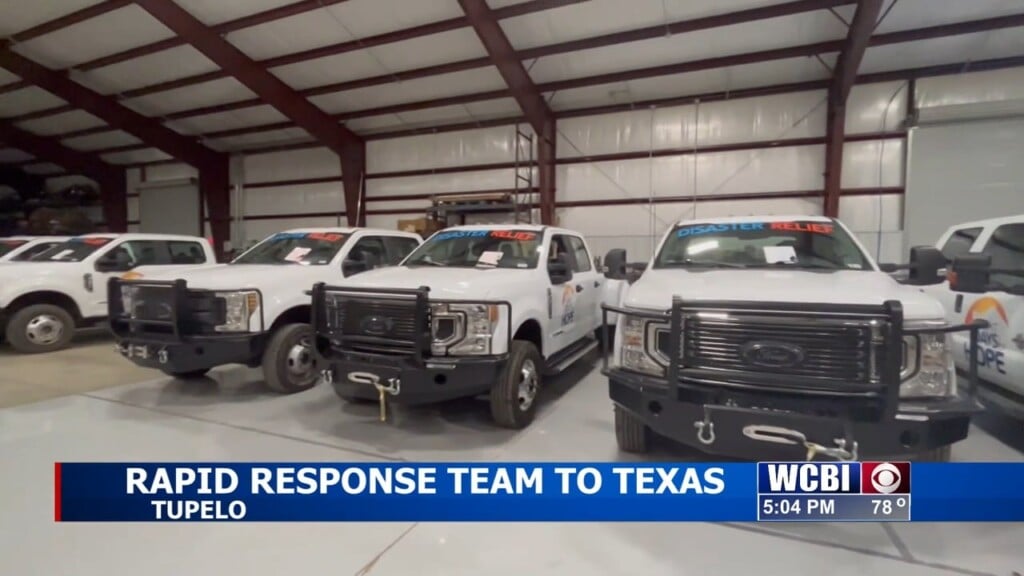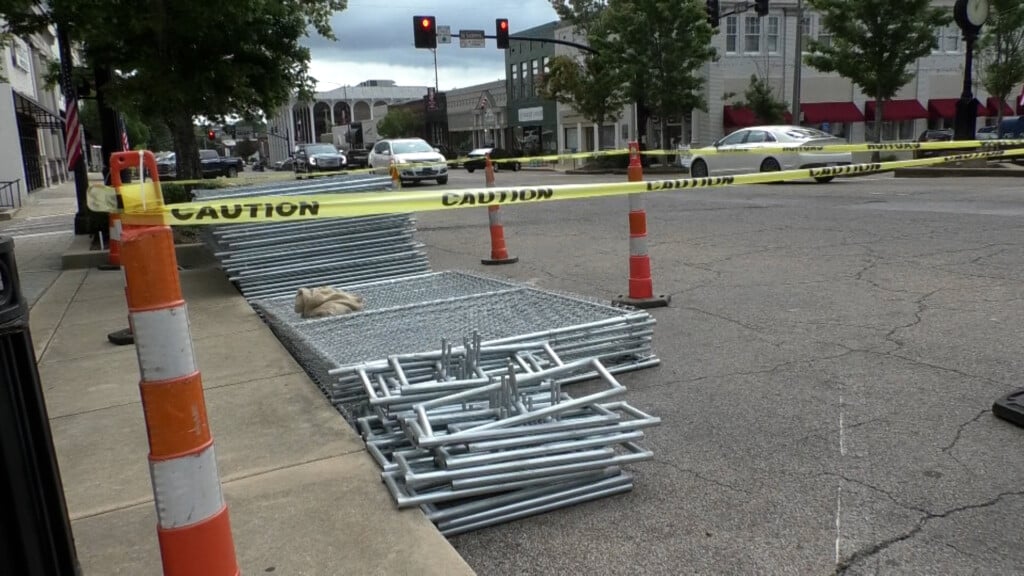Jobless claims surged to record 6.6 million last week
April opened with millions of people out of work and stock markets slumping after the White House this week acknowledged that the coronavirus could kill hundreds of thousands of Americans. It’s a preview of the carnage to come.
Some 6.6 million Americans filed for unemployment benefits last week, the Department of Labor said Thursday, double the number of applications reported last week and 10 times the previous weekly record set in 1982. As many as 20 million people could be out of work this summer, according to separate estimates from the Economic Policy Institute and Bank of America.
“We haven’t, in my lifetime, my parents’ lifetime, seen this. This is truly unprecedented,” said Bill Rodgers, a fellow at The Century Foundation, a think tank.
In March, 3 million more workers applied for unemployment than the total number of people who found jobs in the first three years of the Trump presidency. “If all of the near 10 million people who filed claims in the past two weeks are classified as unemployed in April’s employment report, then the unemployment rate would hit 10.1%, which would slightly exceed the peak a decade ago in the aftermath of the [Great Financial Crisis],” Paul Ashworth of Capital Economics wrote in a report.
Other economists warn unemployment could surge as high as 16%. “No words for this,” Ian Shepherdson, chief economist at Pantheon Macroeconomics, told investors.
While 10 million is a staggering figure, it almost certainly underestimates the number of people who have lost work in recent weeks. That’s because the volume of applicants has been so high that they are simply overwhelming states’ unemployment systems.
Florida resident Iris Bonet, 33, spent three days trying to apply for unemployment benefits on behalf of her husband, a cook in a school who was laid off immediately after spring break. “Every time we would make it through one part of the application, the website would kick you out and start over,” Bonet said via email. Even after submitting the application, she’s not sure she will be accepted because she hasn’t received a confirmation email. She didn’t try calling given the news reports about the phone lines being overwhelmed.
“We definitely understand that processing will probably be longer than normal because of everyone applying right now, but the least they could do is send an email,” Bonet said. “It doesn’t leave much confidence.”
In New York, the volume of calls from people seeking help increased by a factor of 150, and the state is “deluged,” New York Governor Andrew Cuomo said Tuesday.
Part of the financial relief bill increased funding and staffing for states, in order to more quickly help the throngs of newly unemployed.
Small businesses shed jobs
Private businesses lost 27,000 jobs in March, according to a private survey from payroll processor ADP. That figure mostly reflects the economy before the full impact of the viral outbreak, as layoffs and hiring freezes accelerated near the end of the month.
ADP said small businesses took the biggest hit, losing 90,000 jobs, while medium-sized and large companies still added workers. It’s the first time since September 2017, when Hurricanes Harvey and Irma hit the southeast, that ADP has reported a job loss.
Indeed, economists are turning to natural disasters to describe the speed and scale of economic disruption.
“You immediately go looking at natural disasters, like hurricanes, or the Great Recession” to find an analog, Rodgers said. With the current speed of layoffs, however, the unemployment rate is set to exceed the 10% peak set in the Great Recession within several weeks.
Roushaunda Williams is on unemployment for the first time after 20 years as a bartender at Chicago’s Palmer House Hilton Hotel, the Associated Press reported. During good years, Williams, 52, pulled in $70,000 to $100,000 annually. But she had to get a credit-card advance to pay her $1,850 rent on April 1, and she’s already considering downsizing, or moving in with friends, the AP reported.
“April 1 isn’t even here yet, and I’m already working on what I’m going to do for May 1,” Williams told the AP.
President Donald Trump, who initially set a goal of restarting the economy by Easter, on Tuesday warned Americans to brace for “one of the roughest two or three weeks we’ve ever had in our country.”
The scale of layoffs and business closures is so deep, some economists are calling this a depression.
“The No. 1 economy in the world, the United States, is not functioning,” said Tenpao Lee, an economist at Niagara University. “All the service sectors are being affected.”





Leave a Reply